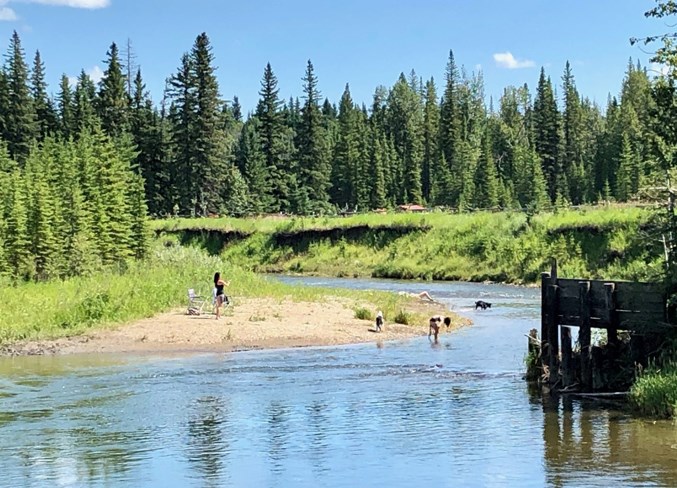As the world’s population passes 7.5 billion and becomes more urbanized and affluent, the planet is running out of fresh water, including in Alberta.
The knee-jerk reaction is to blame climate change but population, affluence and urbanization are more threatening because they increase human consumption of water at a rate that depletes aquifers on a daily basis.
The Washington, D.C. based-World Resources Institute’s new Water Risk Atlas shows that 17 nations with 1.9 billion people are experiencing “extremely high” levels of baseline water stress.
This stress level occurs when irrigated agriculture, industries and municipalities withdraw more than 80 per cent of their available supply on average every year. Twelve of these countries are in the Middle East and North Africa.
The Mediterranean, where civilization began, is where it is most endangered. But it is not the only part of the globe threatened by waterlessness.
If they don’t mend their ways, the most endangered cities will experience Zero Day -- the day water taps run dry.
The cities of Rome in Italy; Cape Town, South Africa; and Sao Paulo, Brazil have come dangerously close to at least one Zero Day since 2015. Only rationing, water transport and public education on curbing water use staved off disaster.
This summer the Indian city of Chennai faces a Zero Day because its aquifers of Puzhal and Cholavaram have completely dried up and Chembarambakkam and Poondi have little water left.
Some 600 million of India’s people live in an area bound by 25 cities that will likely exhaust their aquifers in the coming months.
The water crisis leapfrogs across the globe like a plague.
In spite of the chronic water shortage around the Mediterranean, India is the most drought-afflicted nation this year. The cities of Delhi, Bangalore and Hyderabad face the worst humanitarian water disasters.
According to the United Nations, abysmal water quality now kills 200,000 souls a year.
Scientists say the water shortage threatens millions.
At least 18 cities are in danger of exhausting their water supplies before 2025. These include Cairo, Istanbul, Beijing, Tokyo, Mexico City, Sao Paulo. Moscow, Rome and London.
The American water-threatened cities are Los Angeles, Phoenix, El Paso, San Francisco, Atlanta, Dallas, Salt Lake City, Las Vegas and Miami.
It isn’t exotic places and shiny American cities at risk.
Mountain View County neighbours are endangered.
Closer to home, the vast Ogallala aquifer that sprawls across Texas, New Mexico, Kansas, Oklahoma, Colorado, Wyoming, Nebraska and South Dakota and fed the development of the American breadbasket and the attendant small-city urbanization, is drying up.
The full effect won’t be for 50 years, however local areas of the aquifer are drying up already.
Outside of the Ogallala and north of the international border, Calgary is one of the Canadian urban areas at high risk of water shortages, according to the Water Risk Atlas. Also at high risk is the Palliser Triangle in southeast Alberta and a bite of Kneehill and Wheatland counties.
The problem in Alberta isn’t this year or next, but it is coming.
The experience of other countries is that water shortages creep up over the years.
Alberta’s future shortages are being created now, we just don’t see them yet.
Frank Dabbs is a veteran political and business author, journalist and editor.

